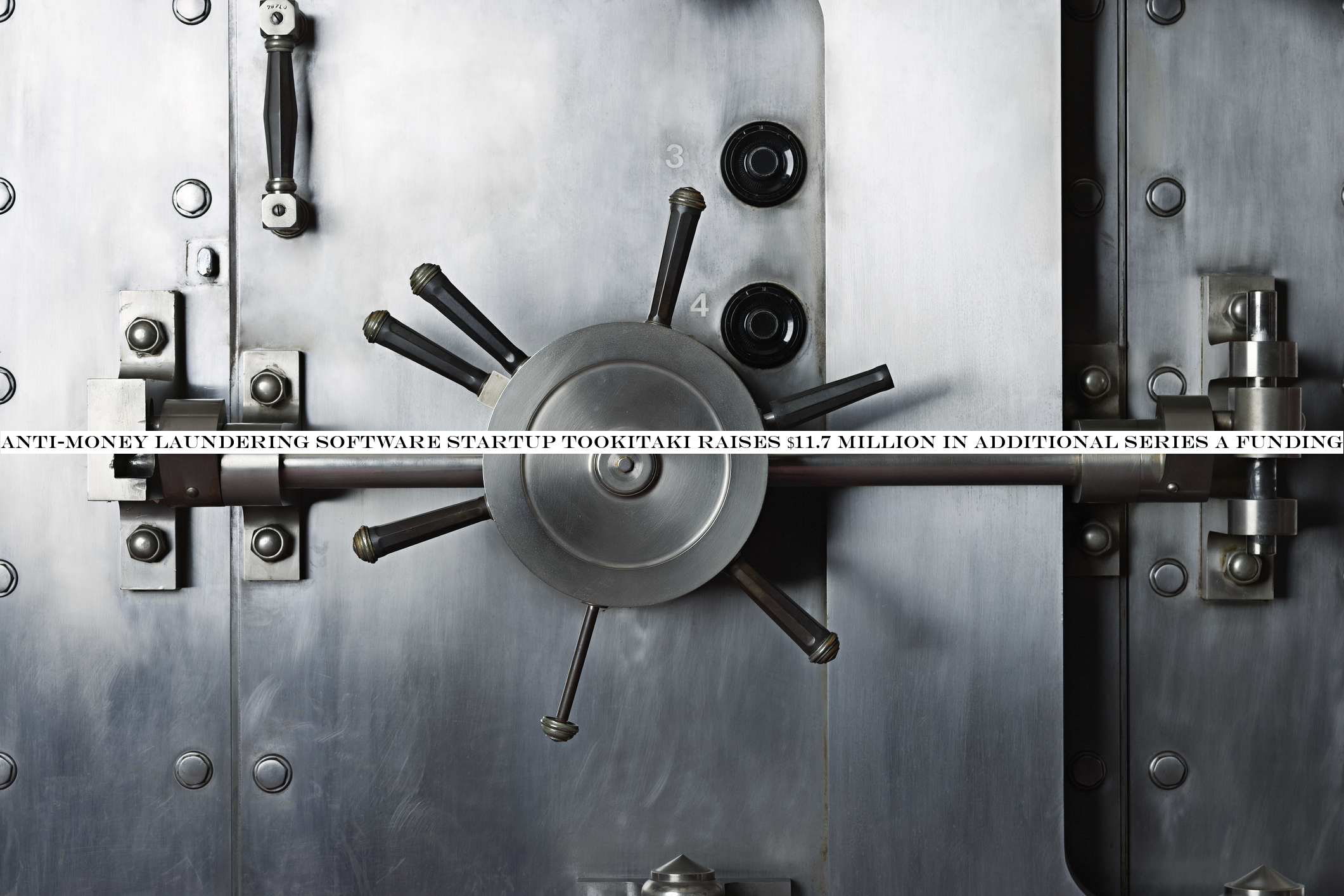INSUBCONTINENT EXCLUSIVE:
TookiTaki, a startup that develops machine learning-based financial compliance software, announced today it has raised a $11.7 million in
additional Series A funding, led by Viola Fintech and SIG Asia Investment, with participation from Normura Holdings
Series A (first announced in March) to $19.2 million.The company is using the funding to enhance their anti-money laundering (AML) and
reconciliation software, and to hire for its offices in the United States, Singapore and India.In a press statement, Viola Fintech general
Its pragmatic way of creating an overlay on top of legacy AML systems helps increase accuracy and significantly lower operating costs for
When TechCrunch reported on its seed round in 2015, the company provided data analytics to marketers
But it decided to focus its machine-learning platform for predictive analytics on regulatory compliance in late 2016 after realizing that
there is a bigger business opportunity for vertical AI than a horizontal platform play, the founders told TechCrunch in an email.Chatterjee
complied with new regulations
During that time, he says he realized that current anti-money laundering solutions reduced the effectiveness of compliance programs, and
also struggled to keep up with the growth of digital banking and online transactions
launderers.TookiTaki claims it reduces false positives for transaction monitoring by 50%, a result validated by Deloitte
Its software uses explainable machine learning models, which means their decisions are broken down in a way that can be easily understood by
compliance staff, while providing them with the details they need for investigations
premise.The software has two main modules: one that looks for suspicious transactions across different systems, and names screening, which
screens for high-risk individual and corporate customers
Other TookiTaki features include machine learning algorithms that are constantly updating for new money laundering patterns and dividing
alerts into low, medium and high-risk, making it easier for companies to figure out how to prioritize investigations.

